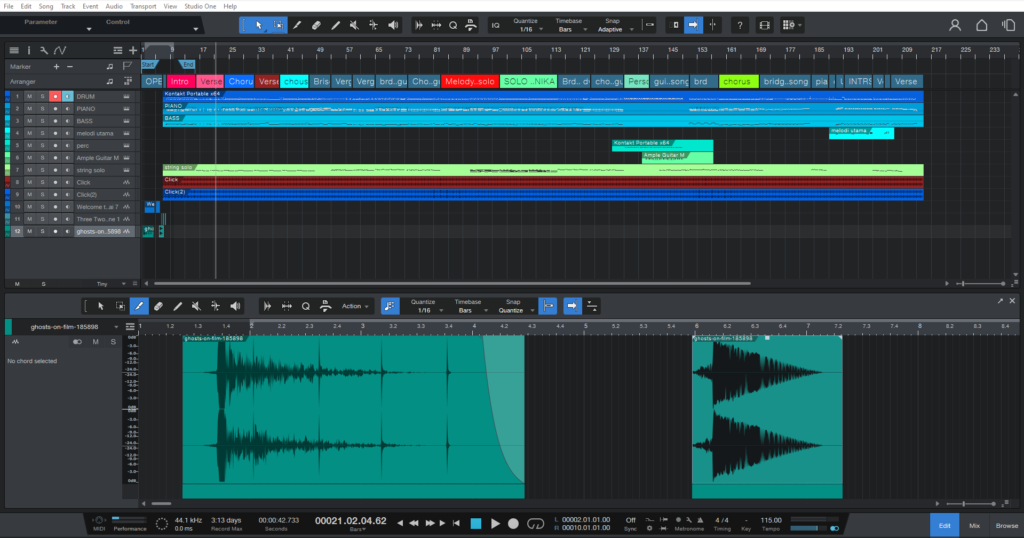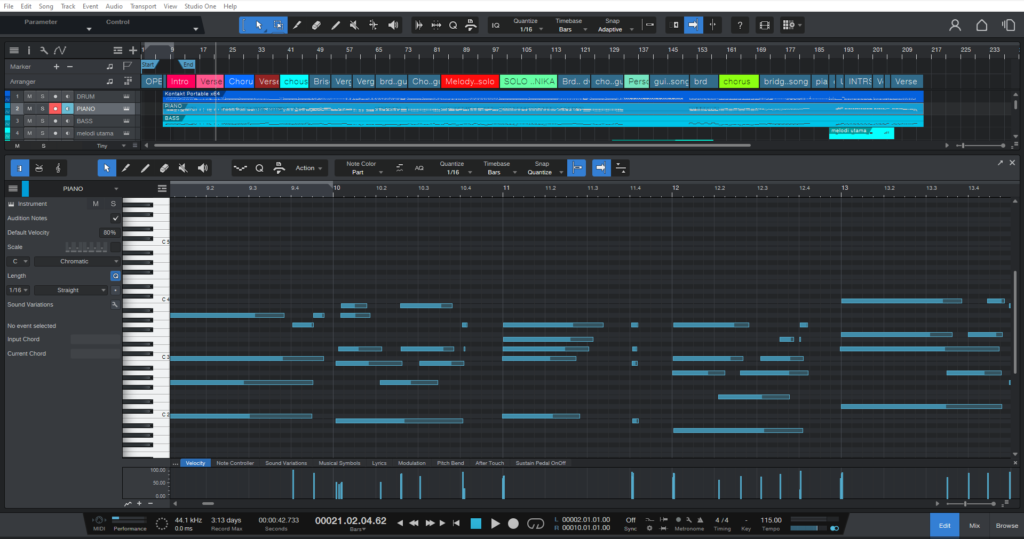As a professional composer and music enthusiast, diving into the world of Digital Audio Workstations (DAWs) can be both exciting and daunting. With so many options available, it’s essential to choose a platform that not only meets your needs but also empowers your creativity. Studio One, developed by PreSonus, is a leading DAW that has garnered widespread acclaim for its intuitive interface, powerful features, and versatility. Whether you’re a novice exploring the realm of music production for the first time or a seasoned musician looking to switch DAWs, Studio One offers a user-friendly yet robust platform to bring your musical ideas to life. In this comprehensive guide, we’ll explore essential tips for newcomers to get started with Studio One and embark on their musical journey with confidence.
Understanding Studio One: An Introduction
Studio One is a cutting-edge DAW that provides musicians, producers, and audio engineers with a comprehensive set of tools for recording, editing, mixing, and mastering music. Launched in 2009 by PreSonus, Studio One has quickly risen to prominence in the music industry due to its innovative features and user-friendly design. One of its standout features is the single-window interface, which allows users to access all essential tools and functions within a unified workspace, streamlining the music production process and enhancing workflow efficiency.
Essential Tips for Newcomers
1. Familiarize Yourself with the Interface
Upon launching Studio One for the first time, take some time to explore its interface and familiarize yourself with its layout and functionalities. The main areas to focus on include the arrangement view, mixer view, browser, and inspector. Understanding how to navigate these sections will help you navigate Studio One more effectively and make the most of its features.
2. Learn Basic Navigation Shortcuts
Studio One offers various keyboard shortcuts and navigation tools to streamline your workflow. Learn essential shortcuts for tasks such as zooming in and out, moving between tracks, and adjusting playback settings. Mastering these shortcuts will save you time and make your editing process more efficient.
3. Experiment with Built-in Instruments and Effects
Studio One comes bundled with a variety of virtual instruments and effects plugins, allowing you to explore different sounds and textures without additional purchases. Take advantage of these built-in tools to experiment with different sounds, create unique compositions, and develop your musical style.
4. Explore Recording and Editing Features

Studio One offers powerful recording and editing capabilities, making it easy to capture and manipulate audio with precision. Experiment with recording multiple tracks simultaneously, comping takes, applying audio effects, and editing MIDI sequences to enhance your compositions and arrangements.
5. Utilize Tutorials and Resources
To accelerate your learning curve with Studio One, take advantage of the numerous tutorials, guides, and resources available online. PreSonus offers a wealth of video tutorials, documentation, and user forums where you can find answers to common questions, troubleshooting tips, and creative inspiration.
Advanced Techniques for Mastery
1. Customize Your Workflow
Studio One allows you to customize various aspects of its interface and workflow to suit your preferences. Explore options for customizing keyboard shortcuts, track colors, layout presets, and workspace configurations to optimize your productivity and streamline your creative process.
2. Master MIDI Editing
MIDI editing is a crucial skill for electronic music producers and composers working with virtual instruments. Dive deeper into Studio One’s MIDI editing capabilities to learn advanced techniques such as quantization, velocity editing, MIDI mapping, and arpeggiation to add depth and complexity to your compositions.

3. Experiment with Advanced Mixing and Mastering
As you become more proficient with Studio One, experiment with advanced mixing and mastering techniques to refine the sonic quality of your productions. Learn how to use compression, equalization, spatial effects, and mastering tools to achieve professional-grade results and make your tracks stand out in the competitive music industry.
Conclusion
In conclusion, Studio One is an incredibly versatile and powerful DAW that offers a wealth of features and capabilities for musicians of all levels. By following the essential tips outlined in this guide and taking the time to explore Studio One’s interface, features, and advanced techniques, newcomers can quickly become proficient in using the software to bring their musical ideas to fruition. Whether you’re recording, editing, mixing, or mastering music, Studio One provides the tools and resources you need to unleash your creativity and embark on a rewarding musical journey.